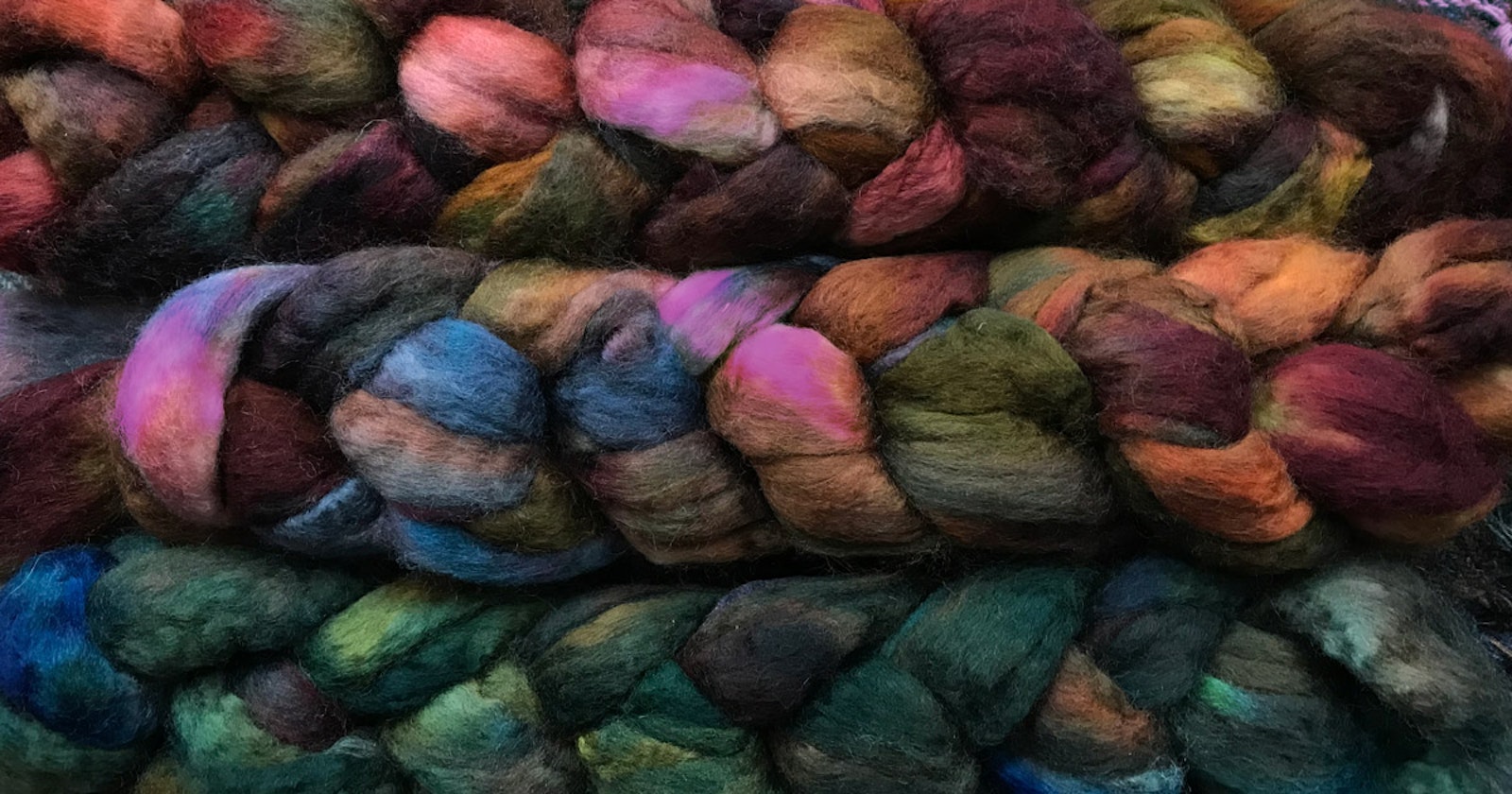It took me forever to remember the difference between a Bactrian and a Dromedary camel. (Someone finally pointed out to me that a Bactrian has two humps, like the letter B, and a dromedary has one hump, like the letter D.) Dromedaries are from Northern Africa and the Middle East, while the Bactrian camel lives in Central Asia.
 | |
| A Bactrian camel (and baby!). Photo by Flickr user Mark Dumont.
|
But the variety of camelids—members of the camel family, even if they’re not Bactrians and dromedaries—is pretty astonishing. Bactrian camels produce fine spinnable fiber, but for spinners and knitters, the most commonly encountered camelid is the alpaca.
Alpacas are just one of the South American camelids. Cuddly looking and smaller than their cousins the llamas, alpacas have been the subject of a major trend, with silk/alpaca and wool/alpaca yarn and fiber blends cropping up all over. Alpaca fiber is extremely warm, tends to have little or no crimp, and can be very very long in staple. Before knitting a whole sweater with it, be warned: it will almost certainly grow, and you may overheat. Just for more fiber variety (and a little more confusion), there are two kinds of alpacas: suri, which has straighter fleece organized into locks, and the more common huacaya, which has a plusher coat reminiscent of a teddy bear. Alpacas come in an amazing range of colors, having been bred for color diversity for centuries.
The wild ancestor of the alpaca is the vicuña. Unless you have paid $250 per ounce for fiber, you have probably never spun the stuff. (I sure haven’t.) Vicuñas were hunted almost to extinction for their lovely fine fiber and are now strongly protected.
 |  |
| The vicuña is the wild ancestor of the alpaca. Photo by Flickr user Thomas Quine.
|
But for spinners and knitters, there is another way: the paco-vicuña. PVs are alpacas bred to emphasize their wild vicuña ancestral traits, so they look more like vicuñas than alpacas. They have some of the traits of both, but the longer and more intensively these traits are cultivated, the more the animals resemble their endangered cousins. Paco-vicuña fleece is a luxury fiber, but at a fraction of the cost of true vicuña.
If each of these different varieties of camelid produces a different fiber, what is a spinner to do? If you’ve invested your hard-earned dollars—whether it’s tens or hundreds—in some camelid fiber, how can you make the most of it?
Well, there’s no one single technique. Some fiber calls for a tahkli-style support spindle, some is tailor-made for a drop spindle or spinning wheel. What kind of draft? Well, it depends . . . but you can find out from Judith MacKenzie.


